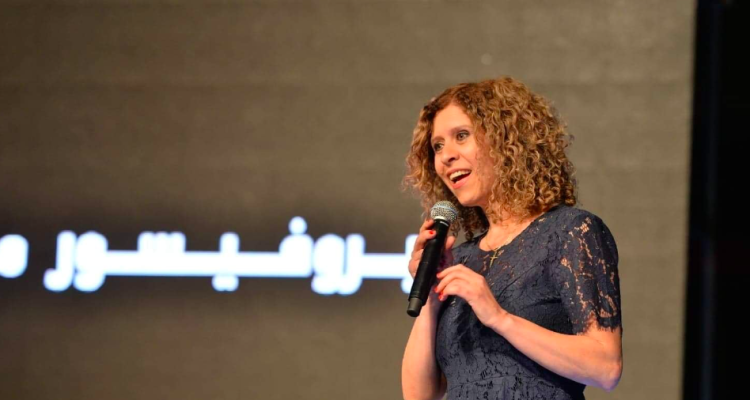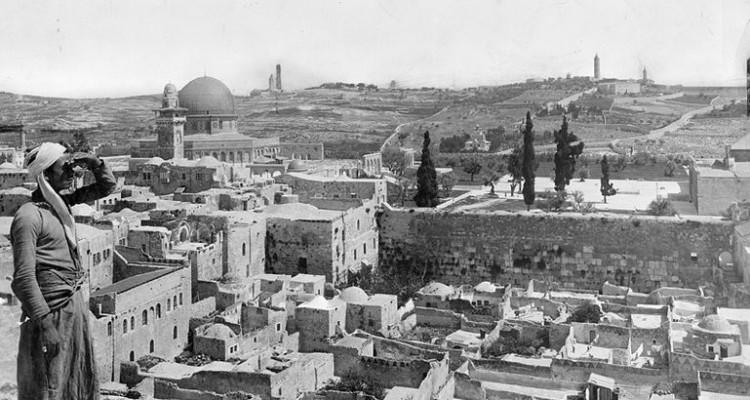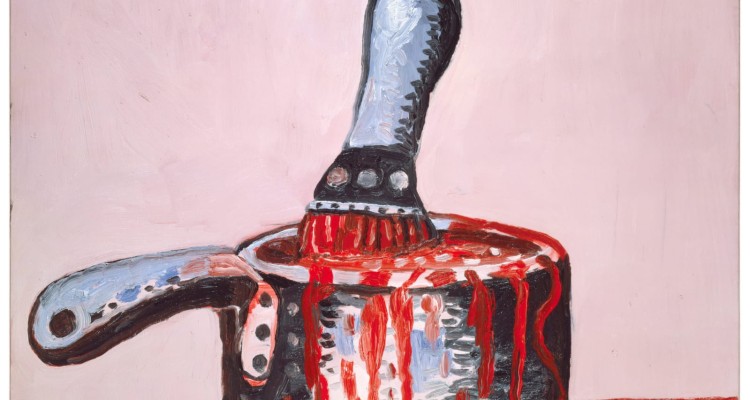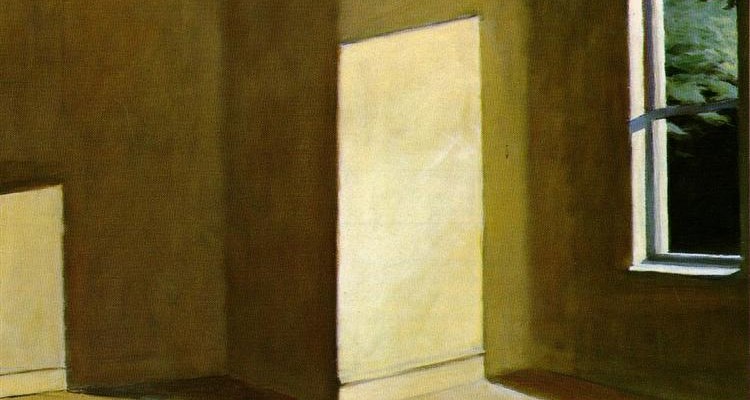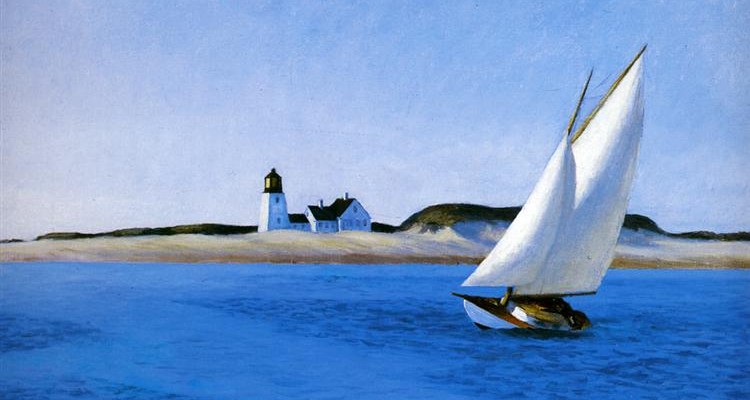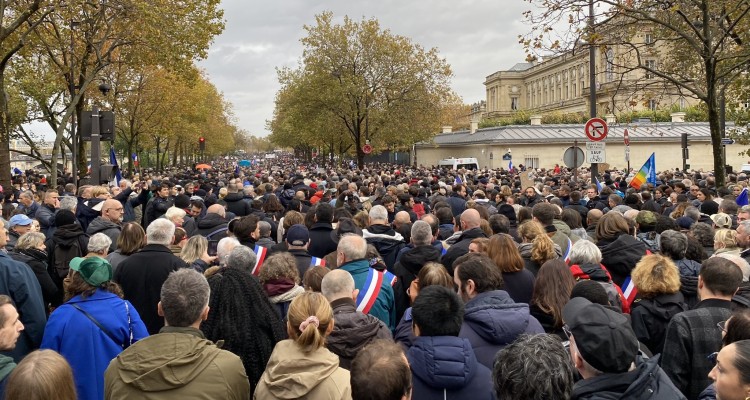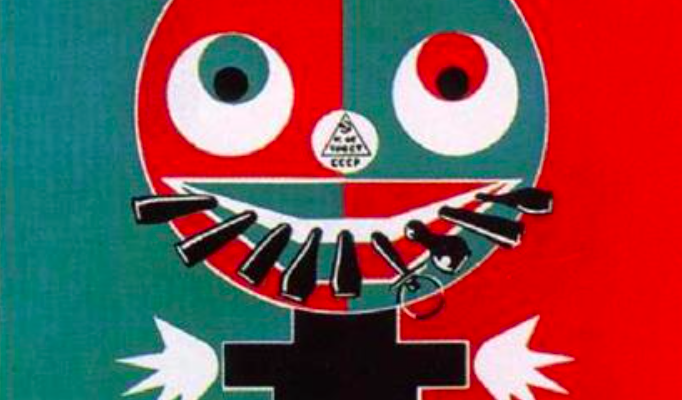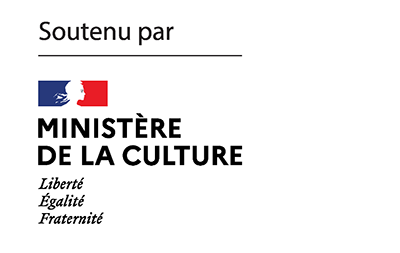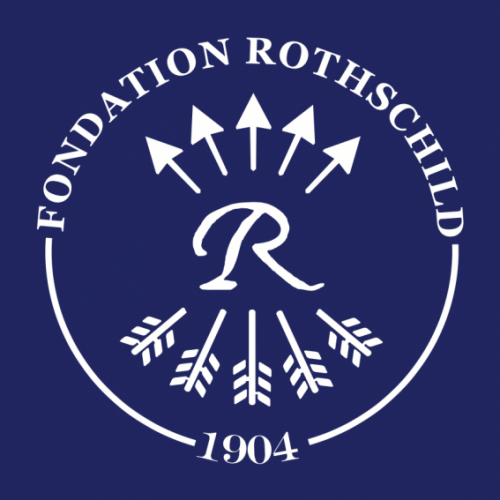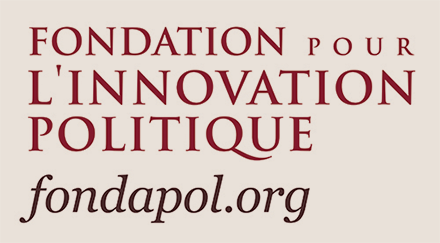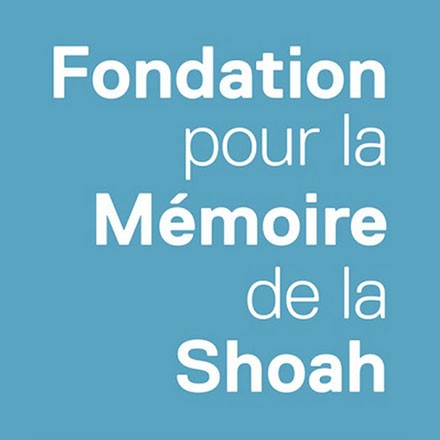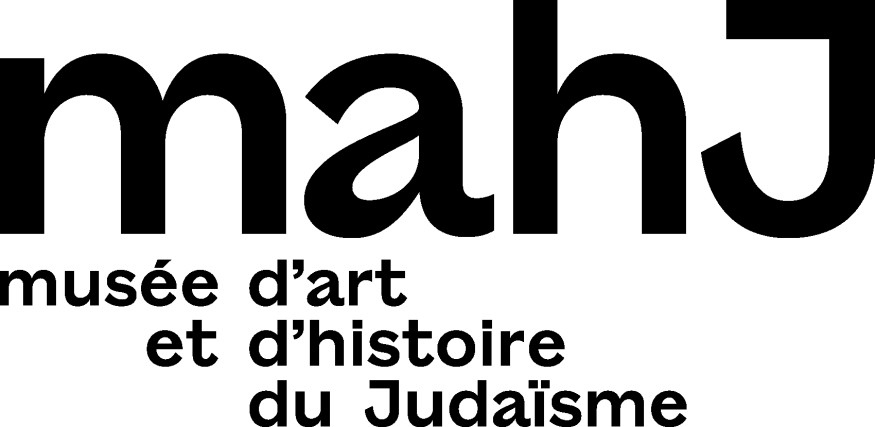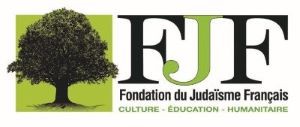Politics
How do Israeli Arabs experience October 7 and its aftermath? In her testimony, Mouna Maroun, a doctor of neurobiology and vice president of the University of Haifa, provides some answers to this question. Based on her personal experience of harmonious coexistence between Israeli Jews and Arabs and her struggle to deepen it at the university, she examines the difficulties posed to the integration process by the shock experienced by Israeli society as a whole, but also the reasons for hope.
By filming their crimes themselves, the Hamas terrorists made a spectacle of the massacre they committed on October 7. A 40-minute film documenting the atrocities was produced by the Israeli authorities and has been shown several times (since October 23 in Israel, since November 14 in France) to selected audiences. What exactly is in this film and how should we deal with these images? In a debate organized in partnership with Akadem, Michael Prazan—documentary filmmaker and writer—and Jean-Baptiste Thoret—film historian—examine the history, uses and effects of documentary images of extreme violence on those who view them.
Philip Spencer, author of numerous texts on modern anti-Semitism and the Shoah – and more particularly on the problems raised by their treatment on the left – is now a member of the new London Centre for the Study of Contemporary Antisemitism, founded by David Hirsh. In his interview with K., in which he discusses his own political career, he looks back at the reactions to 7 October in England, going through the history of the undigested legacy of the British mandate over Palestine and the history of Labour under Jeremy Corbyn.
Two months after 7 October, Bruno Karsenti describes the turning point that such an event represents for Israel and the Diaspora. An existential coordinate of the Jewish world has been shaken, and although the reaction of the Israeli people and their State was immediate and strong, what happened nonetheless calls for a fresh look at the constraints and duties weighing on the Jewish world in its entirety. This also means, and no doubt above all, looking at the Palestinian question differently from the way we have done up to now.
What can we say about the sexual crimes committed by Hamas men on October 7 – documented a little more each day by the work of an Israeli group of gynecologists, forensic doctors, psychologists and international lawyers? And how are we to understand the concealment of the violence against women on that day by part of world opinion – including supposed “feminists”? Doesn’t this concealment amount to inflicting violence on these women a second time, as if their ordeal didn’t count and was meaningless?
Adam Raz is an Israeli historian. He has published numerous books and articles condemning, in particular, the expulsion of Arabs during the 1948 war and the post-1967 occupation. As a left-wing activist who was stunned by some of the reactions in the United States and Europe after October 7 within his own political camp, he is one of the authors of the open letter: “Statement by Israel-based progressives and peace activists. Regarding the debates on recent events in our region”.
In the aftermath of the 7 October massacre, the Israeli left saw how a section of the global left in the United States and Europe refused to condemn the murder of 1,200 men, women and children, most of them Jewish. Within the extreme left, some even glorified the pogrom as a decolonising event and expressed no hesitation in their objective support for Hamas. Adam Raz – interviewed in K. this week- was one of the authors of the open letter expressing his ‘concern at the inadequate response of someAmerican and European progressives to Hamas’s targeting of Israeli civilians, a response that reflects a disturbing trend in the political culture of the global left’. Julia Christ looks back at the disillusionment of the Israeli left and sets out the political lessons to be learned from the rift that has emerged between the Israeli left and part of the global left.
The march against antisemitism on 12 November was seen as a success. Jews are not (so) alone. The editorial team at Revue K. is now wondering – because the stakes remain high – what the next steps should be to raise awareness of the scale of antisemitism in France.
This week, our colleague Karl Kraus looks at the strange tendency of a considerable number of ultra-progressive, even revolutionary, activists to defend movements whose stated aim is to destroy them. Read about talking chickens, Queers for Palestine, lying and perfidious Jews, pinkwashing and the new concept of an old-fashioned avant-garde.
Join us
With the support of:
Thanks to the Paris office of the Heinrich Böll Foundation for their cooperation in the design of the magazine’s website.
